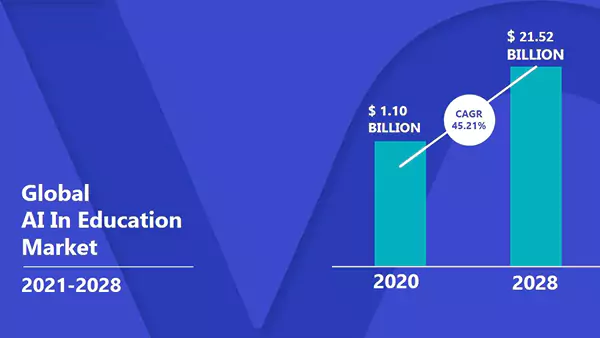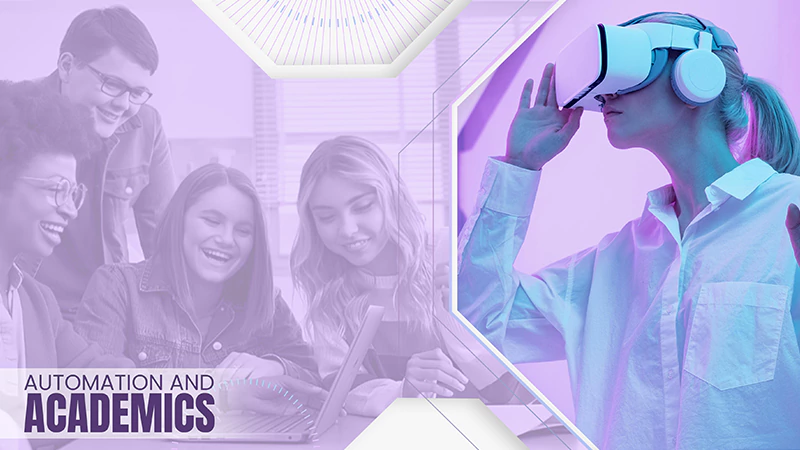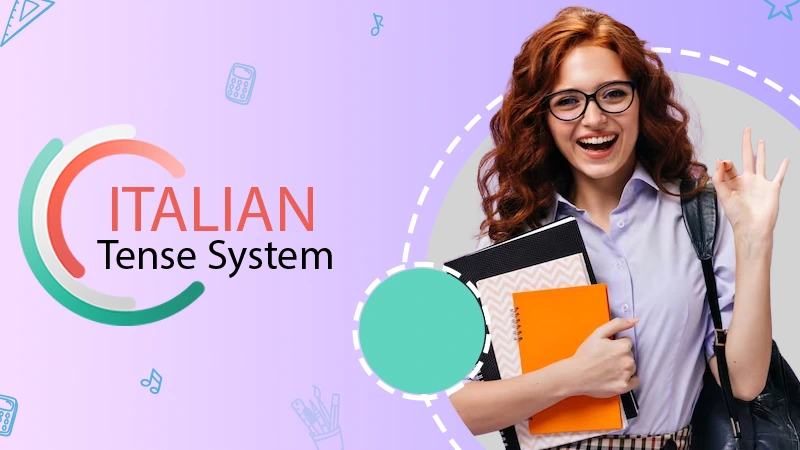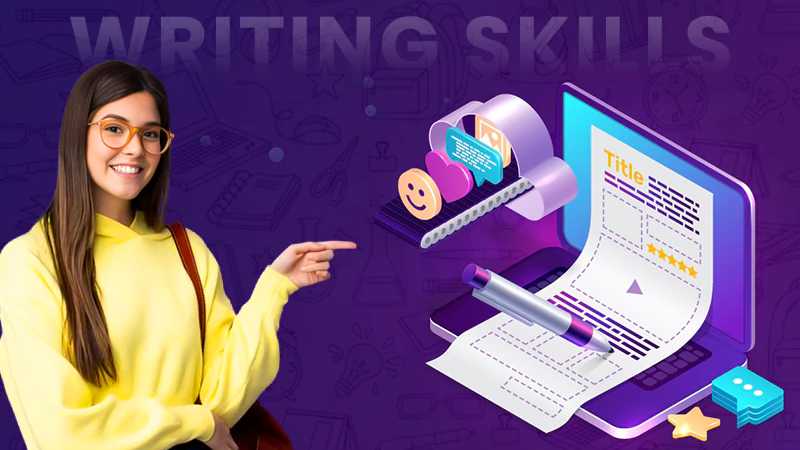Harnessing Artificial Intelligence in Education: Opportunities, Challenges, and Future Implications
Jump To Key Section
- Potential Benefits of AI in Education, Including Personalized Learning and Improved Efficiency
- Examples of How AI is Currently Being Used in Schools and Universities
- The Challenges and Concerns Surrounding AI in Education, Such as Data Privacy and Bias
- Importance of Ethical Considerations When it Comes to Using AI in Education
- Role of Government Policies and Regulations in Ensuring Responsible Use of AI in Education
- How AI Can Help Bridge the Educational Gap

The future is here and artificial intelligence (AI) has become a core part of our daily lives.
From the voice assistants in our phones to self-driving cars, we can see the application of AI pretty much everywhere.
AI is pretty much dominating in many industries and we can say the same is true for the educational field.
This is where the AI checker for teachers comes into play. It provides educators with an innovative tool to seamlessly check students’ work for plagiarism, grammar, readability, and tone analysis.
Besides this, AI can also be of help to educators. It can help them personalize learning experiences for their students by identifying areas that need focus or acceleration. Well, aside from all these benefits, AI can also present some challenges that need to be addressed promptly.
From the ethical issues with data privacy to making sure that teachers can maintain some level of control over their classrooms, policymakers need to keep in mind that AI comes with both risks and benefits before implementing it in their schools.
Overall, AI in education holds immense promise, and it’s necessary to understand its value to prepare for a future where technology is increasingly central to daily life.
Potential Benefits of AI in Education, Including Personalized Learning and Improved Efficiency
With the help of AI, personalized learning can become a reality, as the technology can analyze students’ strengths and weaknesses to create individualized learning plans.
This can benefit both teachers and students alike, as it can free up time for teachers to focus on other tasks while allowing students to learn at their own pace. Besides, the use of AI can improve efficiency by pretty much taking over all the miscellaneous tasks like grading and lesson planning.
With this, teachers will have more time to focus on giving their students better quality of education. Overall, the potential benefits of AI in education are numerous, and it will be exciting to see how this technology shapes the future of learning.
DID YOU KNOW?
The global AI in education market is expected to grow from $2.5 billion in 2022 to $23.82 billion by 2030.
Examples of How AI is Currently Being Used in Schools and Universities
Many schools and universities are taking advantage of AI to improve the learning experience they give their students. AI-powered virtual assistants, chatbots, and tutoring systems are pretty promising solutions to supply personalized learning to students.
With AI, teachers can collect real-time data about student performance and customize teaching methods accordingly. In addition, AI is helping institutions streamline administrative processes such as admissions, grading, and scheduling, freeing up educators’ time for more valuable tasks.
From intelligent content creation to virtual simulations and adaptive learning, AI is transforming the education sector like never before, and the possibilities are limitless.
The Challenges and Concerns Surrounding AI in Education, Such as Data Privacy and Bias
Integrating AI into the educational field needs to be well thought out and planned to address the challenges and concerns surrounding its implementation.
Data Privacy Concerns
With AI, students’ personal information, like academic records, behavioral patterns, and social media profiles, can be collected. Thus, educational institutions must ensure that students’ data is secured and not used against them.
Getting Rid of Bias
AI algorithms may analyze data based on biases and stereotypes, generating inaccurate results. Thus, teachers need to ensure that the AI systems employed are fair and unbiased.
These challenges must be addressed effectively to ensure that AI in education operates effectively.
However, with the emergence of AI in classrooms, fears of human teachers being replaced have arisen.
In reality, AI technology is not meant to replace educators but rather to assist them in creating more efficient and effective learning environments.
The role of educators in implementing and guiding AI technology is necessary to ensure that it complements rather than replaces human interaction and instruction.
By using AI as an additional tool to aid in tasks such as grading and personalized lesson planning, teachers can focus on what they do best – providing authentic and meaningful learning experiences for their students.
Ultimately, the integration of AI technology in education serves as a means of improving and helping teachers. It is not meant to lower their value and importance in the learning process.
Importance of Ethical Considerations When it Comes to Using AI in Education
The potential for adding AI to education gives us infinite possibilities for the future, but so are the risks of data breaches, violations of privacy rights, and the perpetuation of biases.
Ethical concerns like transparency, accountability, and equitable access must be taken into account while developing AI-powered educational tools and systems.
All stakeholders, including educators, students, policymakers, and AI developers, must unite to make sure that AI serves as a tool for empowerment and is not used for discrimination or harm.
Ignoring ethical issues in AI-powered education can have far-reaching and unintended consequences that can undermine the very aim of education: to create a better future for all.
Role of Government Policies and Regulations in Ensuring Responsible Use of AI in Education
The deeper the integration of AI gets, the more there is a need for governments to establish clear policies and regulations to ensure responsible use. Smart regulations can help prevent data breaches, misuse, or discrimination in the application of AI in education.
These policies would also assist in managing liability and keeping transparency in decision-making processes. Besides, they would encourage innovation and ensure the protection of students’ privacy and digital rights. In the end, the role of government policies and regulations will go a long way in shaping the future of AI and education.

The global forecast of artificial intelligence in the education market (2020-2028).
How AI Can Help Bridge the Educational Gap
AI is also a pretty promising solution for bridging the educational gap for those who do not get access to quality education. By giving access to quality education, AI can empower individuals who lack the resources to access traditional educational methods.
AI-powered platforms can offer personalized learning experiences that can adapt to each individual’s unique learning style and pace.
AI can also keep track of a student’s progress, giving teachers and educators insights to help improve the learning experience.
With AI, education is becoming more accessible and inclusive, allowing individuals from all backgrounds to obtain the skills and knowledge needed to thrive in today’s world.








